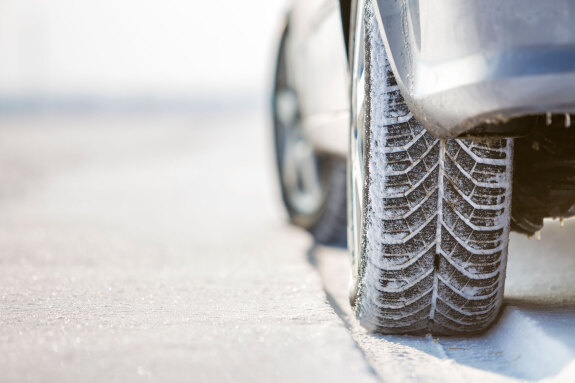Roads and paths
Who has what duties?
The tasks of street cleaning in Bocholt are divided between the residents and the city. Within the enclosed localities, there are the following responsibilities for cleaning:
Residents:
- Pavements
- Combined footpaths and cycle paths
- Roadways, as far as they are residents' roads
The adjacent owners of the street or pavement have to clean the traffic area twice a week.
City of Bocholt / ESB:
- Cycle paths
- public squares
- Roadways, as far as they are not residential streets.
The street directory attached to the Street Cleaning Statutes provides information on which streets are residential streets (group 5). All other streets are cleaned by the city.
Data for every street - quickly at a glance
The further division into groups 1 to 4 and 6 to 7 indicates the type of street and how often the street is cleaned. The different cleaning intervals are determined by the city on the basis of traffic weight, frequency of use and degree of soiling.
The city charges street cleaning fees for streets that are cleaned by the city.
The online service "Strassenreinigung" makes it possible to quickly and easily determine the cleaning frequency applicable to the respective street, the cleaning tariff and the obligations of the neighbours. After entering the street and clicking on "send, this information is displayed.
You can find information on winter road clearance in the winter road clearance information sheet.
What does street cleaning cost?
Citizens whose property is accessed from a residential street (group 5) do not pay street cleaning fees. If the street providing access is cleaned by the City of Bocholt, the fee is based on the frontage length (length of the side of the property on the street providing access to the property), the cleaning frequency and the classification of the street.
Current rates for the street cleaning fee(as of 01.01.2025):
-
Group
- 1: 1.98 euros / m / year Group
- 2: 3.96 euros / m / year Group
- 3: 5.94 euros / m / year Group
- 4: 13.86 euros / m / year
-
Group
- 5: no charges as neighbourhood cleaning
-
Group
- 6: 1.19 euros / m / year Group
- 7: 2.38 euros / m / year
The fee is billed via the property levy notice from the city of Bocholt. Further questions on the amount of the street cleaning fee can be answered by the city's Taxes and Fees division.
Example: If the property has a frontage of 15 metres on a Group 1 road, the owner pays a street cleaning fee of 15 x 1.98 euros = 29.70 euros per year.
Making sure everything goes smoothly: Winter service
The ESB is on duty in the event of slippery snow and ice. In the period from 15 November to 15 March, an on-call service ensures that employees can get to work as quickly as possible if the weather conditions require it. However, as the employees and their vehicles cannot be everywhere at the same time, clearing and gritting is organised according to urgency. Priority is given to main roads, particularly dangerous road sections and school bus routes.
Further information can be found in the winter service information sheet. Questions about the winter road clearance service on 02871 953-3406
What do I have to do as a resident?
(Source: §5 Street Cleaning Statutes of the City of Bocholt)
Cleaning obligations as a resident in snowy and icy conditions
| 1) |
Between 7.30 a.m. and 7 p.m., pavements must be kept free of snow, slush and ice in a minimum width of 1 m, in case of a smaller width in the total width, or kept passable with gritting agents by the persons responsible for cleaning. If there is no footpath, a strip 1 m wide along the boundary of the property shall be deemed to be a footpath. The gritting materials must be such that they do not cause unreasonable damage to the footwear of passers-by or to the road surface. Snow may be deposited at the boundary of the pavement or footpath and the road embankment, but not at public transport stops and hydrants. |
| 2) | At stops for public transport and school buses, the pavements must be kept clear of snow and gritted in case of icy conditions in such a way as to ensure the safest possible access and egress. At street junctions or intersections, those responsible for cleaning must provide crossings for pedestrians up to the middle of the carriageway. |
| 3) | In the event of a thaw, gullies and gully inlets must be kept clear for the run-off of meltwater. Shovelling and chipping away of snow and ice shall not damage the road surface. |
| 4) | Ice (slippery) rinks may not be created on roads. Ice rinks must be immediately gritted with gritting agents by those responsible for cleaning. |
| 5) | Hydrant lids that are covered with snow or frozen over must be kept visibly clear by those responsible for cleaning. |





